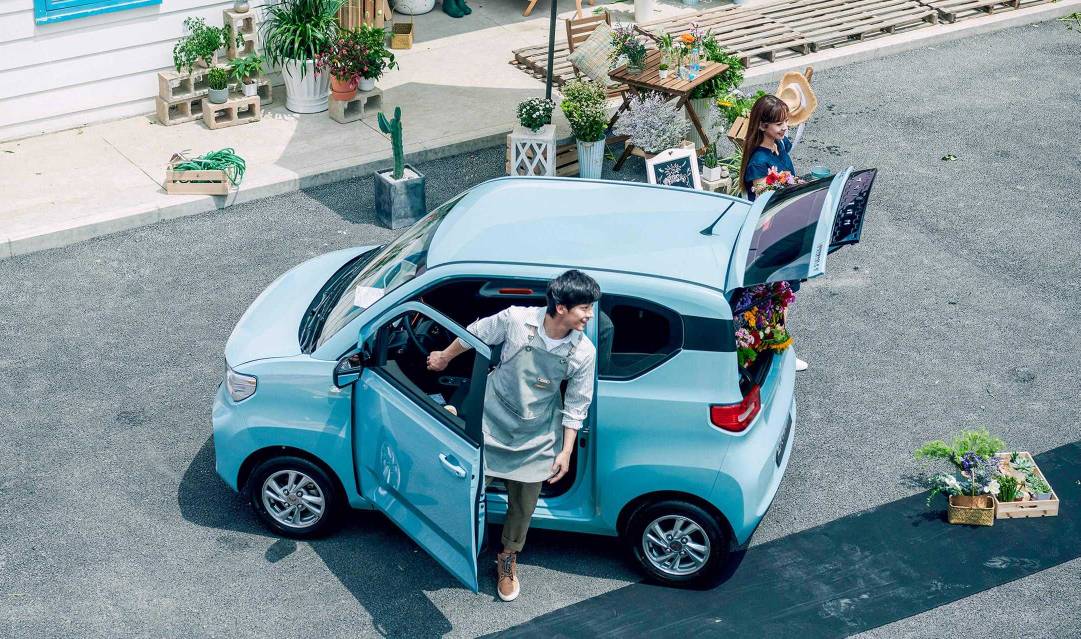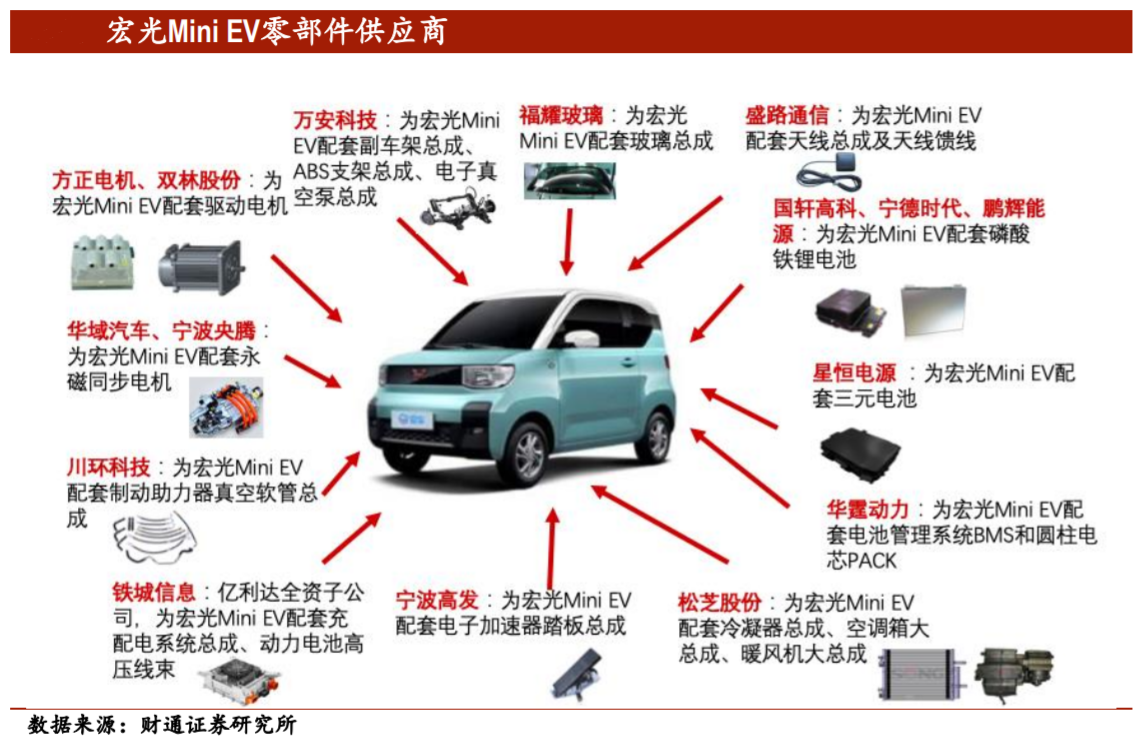Let's play around with the model life cycle. It's fundamental to the industry, indeed we see it in other consumer durables: computers, cell phones, cameras, bicycles, skiis, exercise equipment. Then there's clothing – in most statistical systems, clothing is classed as a current consumption good, but I've t-shirts I've been wearing for 20 years, and dress shoes that are even older. The only reason to buy new clothing is so that I don't look my age. (Yeh, dream on...)Note 1
...what you see: information on the latest models...
The life cycle is intimately connected with the concept of progress, and it's linked as well to the differentiation that comes from being in fashion, and the influence of what's fashionable on how we look at things. But rather than delve into the abstract, that newer is better, and that as social creatures style matters, here I reflect upon the process a car purchaser goes through, and how that leads to valuing the new.
So how do you go about searching for your next car? And you do search, because it's an expensive purchase, and model characteristics mean that some won't fit your normal use, and they won't fit your wants. Even if you are part of the minority that limits yourself to a new vehicle, there are roughly 350 models available at any given time, each with multiple trim levels. Pickup trucks are the extreme case. With the Ford F-150, do you want a 5-1/2, 6-1/2 or 8 foot bed? Now if you want that 8' bed, you can't get the SuperCrew® with a full second row. Oh, and there are engine choices, for that 8' bed SuperCab you have 3 choices. There are multiple towing options, multiple driver assist camera options, and infotainment packages. You need to sort through all this.

So you turn to the many car sites and car mags. Support your friendly automotive journalist! They make the round of the auto shows and early test-drive road-and-track meets, all while being dined and wined (in that order, no drinks before getting into one of our five pre-production test vehicles dedicated to PR). Having had a fun day or three, it's off to write. Automotive News has AutoWeek. Then there's Car and Driver, Consumer Reports, and on and on. Go to Europe, or Asia, and you see the same. During 2019, before Covid set in, I was in train stations in Italy, France, Germany, Korea and Japan. Kiosks all display a rack's worth of car (and computer and camera and fashion) magazines, to guide the purchaser. Want an EV? Then buy the Green Car Magazine and read through their Praxistest [it's a German, not an American publication]. Want to off-road? Every country seems to have at least one publication devoted just to that segment.

Then there are the online resources. If you're in China, the world's biggest new vehicle market, you might go to Gasgoo to look through their new car reviews. (Those aren't available on Gasgoo's English-language site.) Alternatives include the auto section at 163.com, which resembles visually the car review portion US sites such as Edmunds.)
Now, think about what you see: information on the latest models. Yes, if you want to find information on that car that launched 2 years ago, you can find it. But maybe not in the latest issue of MotorTrend that you picked up at that 7/11 at your local gas station, or in the latest episode of Autoline Daily. What you find most readily is information on what's new.
Now at present automotive technology is changing rapidly. My wife's car doesn't have an autodimming mirror, my slightly newer car does. Mine has a turbo, and gets vastly better gas mileage. I would really like adaptive cruise control, but back then it was only available on cars above my target price range. Now it's pervasive. I really appreciated the heads-up display on a rental car in Germany, particularly as it kept track of the frequently-changing speed limit on roads around Freiburg. Since I seldom drive in places I'm not familiar with in the US, it wouldn't be high on my wish-list. But the diffusion of driver assist systems, and the 2+% annual increase in fuel efficiency, mean that new really is better.

Of course styles also change. In the US, pickup trucks outsell sedans. I do own a pickup, but I live in a rural area, unpaved roads included, and have to cart things to the garbage dump myself, and then there are downed tree limbs and DIY construction projects. But are pickups really needed in the suburbs? No, we want to stay in fashion. We may not notice new cars as new, but no matter how pristine in upkeep, we certainly recognize 10-year-old cars as old. I certainly do, and I'm hugely uninterested in fashion, I'm an industry nerd, but not a car guy. But survey the range of car mags, and it's clear that I'm the exception, not the rule.
There's another influence at work: cars are durable goods. The longer a model has been on sale, the more plentiful the used cars become. This was well understood in the 1920s, when Ford's biggest competitor for his sole product, the Model T, was not an offering from General Motors or Hudson, but a used Model T. Companies adopt two strategies. One is to phase out old and launch new models on a regular basis. The other is to reduce prices as a model ages. An example is a study from the Federal Reserve, "Prices, production, and inventories over the automotive model year." They find a 9% annual drop in prices. By the end of 3 years – remember to compound! – that is a 25% drop in price. Even with the reduction in costs over time, with the amortization of the fixed costs of development and tooling, that rate destroys profitability by the 4th year or so. A mid-cycle "refresh" helps reset prices, but it only helps. Car companies need the new to stay in business.Note 2
All of this comes together, mutually reinforcing our focus on new models over old. It shows up in how we shop. It comes from our sensitivity to style. It's reinforced by car company's product strategy. It's reflected in the vast array of car magazines and car sites, found in every market. Finally, it's a challenge to every new entrant to the industry, the Geely's and Tesla's of the world, who need to finance work on replacement models even as a new car enters production. For Tesla the Model 3 is already old hat, what those searching for an EV will find is – today's headlines – the forthcoming Hyundai Ioniq.Note 3 Dig a little further, and you'll find reviews of the Model Y. Even though the Model 3, Model S and Model X continue for sale, for all intents and purposes Tesla is car company with but one model.
To sum, models sell best at launch. That's particularly noticeable in China and Japan, but there's certainly plenty of hoopla in the US. So keep the new models coming. And from an industry perspective, start production with the high-margin models, and pray that the launch goes well, because the PR begins well before the target date.
Notes and Digressions
- Clothing is now so inexpensive that ordinary Americans have a "wardrobe" – but if you pay attention, older houses didn't have closets, all one's clothing fit in a piece of furniture called a "wardrobe." Our house has walk-in his-and-hers closets.
- There is an empirical literature on how car prices decline across the model cycle. See Copeland, A., Dunn, W. E. and Hall, G. (2005) Prices, production, and inventories over the automotive model year. Finance and Economics Discussion Series 2005–25. Board of Governors of the Federal Reserve System (U.S.). Available for download at https://www.federalreserve.gov/pubs/feds/2005/200525/200525pap.pdf
Subsequent studies using more recent data find a similar 9% rate of price decreases.
- First up on Gasgoo is Hyundai's Ioniq 现代汽车IONIQ(艾尼氪) 5全球首秀 开启环保电动出行新时代. On the German Green Car Magazine, it's the "Volvo XC40 Recharge Pure Electric AWD im digitalen Dialog. And so on. But there is a pure news story on the Tesla Model Y, reporting long lines at dealerships and a wait of 4 months or more for delivery.








